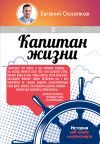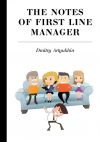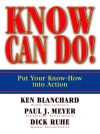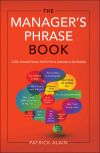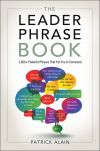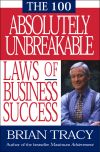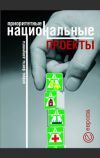Правообладателям!
Представленный фрагмент книги размещен по согласованию с распространителем легального контента ООО "ЛитРес" (не более 20% исходного текста). Если вы считаете, что размещение материала нарушает ваши или чьи-либо права, то сообщите нам об этом.Читателям!
Оплатили, но не знаете что делать дальше?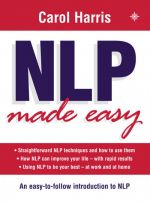
Текст бизнес-книги "NLP Made Easy"
Автор книги: Carol Harris
Раздел: Жанр неизвестен
Текущая страница: 4 (всего у книги 4 страниц)
Carlos Castaneda
An anthropologist and writer whose works greatly influenced Bandler and Grinder and their associates, Castaneda made great use of metaphor, often in conversational dialogues, and some of his ideas were to form the basis for therapeutic interventions. His thoughts on ‘stopping the world’ – a concept where the mind is stilled to allow expansion of consciousness – was one of the underpinning elements of New Code NLP (see Chapter 3).
Ross Ashby, Stafford Beer and Peter Checkland
These systems thinkers and writers have strongly influenced NLP. Ashby originated the Law of Requisite Variety in 1956, emphasizing that it is important to keep exploring variations when working towards results. The principle behind his theory is that, in any system, the part that has the most flexibility will predominate, and as a system becomes more complex, more flexibility is required. Beer provided models which can be used with both individuals and organizations, and Checkland was the developer of ‘soft systems’ thinking.
Albert Ellis
A psychotherapist, writer and lecturer whose work was a major influence on several people working in NLP, especially Robert Dilts and Judith DeLozier, Ellis felt that traditional therapy sessions were too long and tried a more active approach based on work by early philosophers. His technique – Rational-Emotive Therapy, or RET – was a synthesis of psychology and philosophy. It has been described as ‘perhaps the most widely practised form of the cognitive-behavioural therapies’ (Yankura and Dryden, Doing RET: Albert Ellis in Action, Springer Publishing Company, 1990). Ellis concentrated on an individual’s beliefs and identified both rational and irrational beliefs during therapy; his work also incorporated shifts in time in a similar way to that employed by NLP (see Chapter 3).
Roberto Assagioli
Assagioli is known as the founder of psychosynthesis, on which he published the seminal book in 1965. In recent years, his work has been rediscovered and Michael Hall, an American therapist and NLP trainer, has written of it in the American NLP publication Anchorpoint
Внимание! Это ознакомительный фрагмент книги.
Если начало книги вам понравилось, то полную версию можно приобрести у нашего партнёра - распространителя легального контента ООО "ЛитРес".Правообладателям!
Представленный фрагмент книги размещен по согласованию с распространителем легального контента ООО "ЛитРес" (не более 20% исходного текста). Если вы считаете, что размещение материала нарушает ваши или чьи-либо права, то сообщите нам об этом.Читателям!
Оплатили, но не знаете что делать дальше?